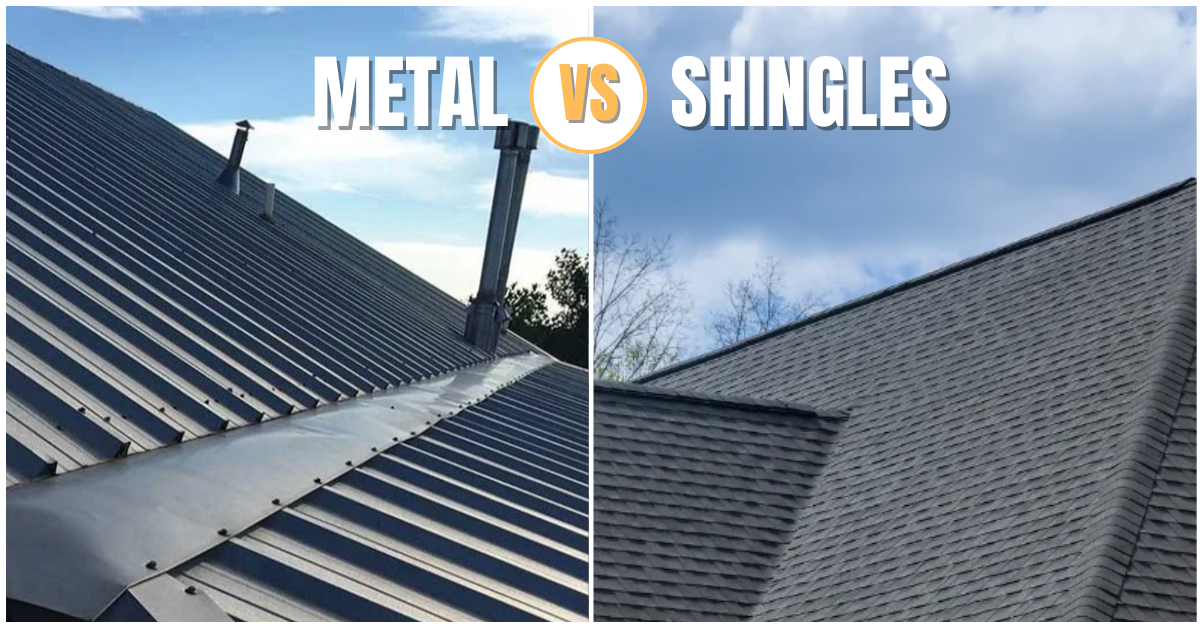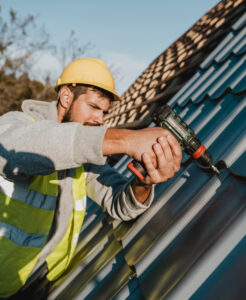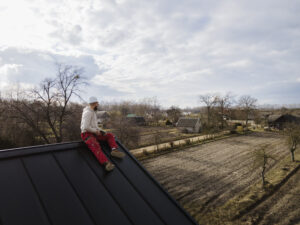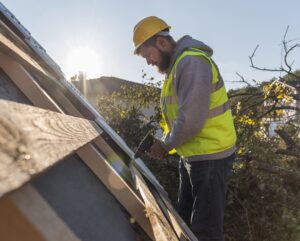Which type of roofing holds up better in Florida hurricanes: metal or shingles?

Hurricanes are not new to Florida. Because the state often has strong storms that reach Category 3 or higher, homeowners need to choose roofing materials that can handle strong winds, flying debris, and heavy rain. Your roof is the first line of defense against these destructive forces, and it is very important for keeping your home and family safe. Now we need to ask Florida residents a very important question:Hurricane-proof roofs: metal or shingle? Which one works better in Florida? This article goes into great detail about both options, looking at how well they can withstand hurricanes, how long they last, how much they cost, and how well they follow Florida’s strict roofing codes.
1. Learning how Florida's hurricanes affect roofs
During hurricane season, Florida has winds that are often faster than 110 mph. Category 3 storms can have winds that are even faster, up to 129 mph or more. These strong winds create strong uplift forces that can rip off roofs that aren’t well secured. When debris flies through the air, it can become a dangerous projectile that often pierces roofing materials and weakens the structure below. Another big problem is water getting in, which can happen when roofs are damaged and rain can get in, damaging the inside and letting mold grow.
To fight these problems, the Florida Building Code (FBC) sets strict rules for roofing systems. It focuses on how well roofs can handle hurricane conditions by looking at things like wind uplift resistance, fastener strength, and proper flashing. For the best protection, homeowners need to pick a roof that can withstand storms and meets or exceeds these standards.
2. An Overview of Metal Roofing's Hurricane Resistance
Metal roofs are becoming more popular in Florida because they last a long time and are very resistant to hurricanes.
- Wind Resistance: Depending on the design and installation, many metal roofing systems, especially standing seam metal roofs, can withstand winds of 140 to 180 mph.
- Structural Integrity: Interlocking metal panels make a continuous barrier that greatly lowers the chance of uplift during strong winds.
- More Benefits: Metal roofs won’t catch fire and won’t rot or get damaged by insects. Because they are so light, they put less stress on the roof deck, which is good during storms.
- Life span: A metal roof can last from 40 to 70 years, which is much longer than most other types of roofing.
- Price: The first cost is higher; metal roofs usually cost two to three times as much as asphalt shingles.
- Disadvantages: Some homeowners may find that metal roofs are louder during heavy rain, but this can be fixed with the right insulation.
Pros: Very strong, lasts a long time, can handle high winds, and doesn’t need much upkeep.
Cons: Higher initial cost and possible noise problems.
3. Florida Hurricanes and Asphalt Shingle Roofing
Asphalt shingles are still the most popular type of roof in Florida because they are cheap and easy to put up.
- Types: The market has three-tab and architectural shingles. The latter are usually more durable and resistant to wind.
- Wind Ratings: Some brands and types of asphalt shingles can handle winds of up to 110–130 mph.
- Weaknesses: They are more likely to be damaged by flying debris and can be lifted up during severe storms if they are not installed correctly with good underlayment.
- Lifespan: Asphalt shingles last between 15 and 30 years, which is shorter than metal roofs.
- Price and Repairs: Asphalt shingles are cheaper to buy and easier to fix after a storm.
Pros: Cheap, easy repairs, and widely available.
Cons: Doesn’t hold up well in strong winds, can get damaged by water and wind, and doesn’t last as long.
4. Performance Comparison: Metal vs. Shingle in Storm Conditions
| Feature | Metal Roof | Shingle Roof |
|---|---|---|
| Wind Resistance | Up to 180 mph | Up to 130 mph |
| Durability | 40–70 years | 15–30 years |
| Water Resistance | Excellent (seamless panels) | Moderate (depends on underlayment) |
| Cost | $$$ | $ |
| Maintenance | Low | Medium to high after storms |
| Insurance Discounts | Often eligible | Less common |
Metal roofs are great at keeping out water because their panels fit together without gaps. They also last a long time and are very resistant to wind. Asphalt shingles are less expensive, but they need more upkeep and might not hold up as well in bad storms.
5. Cost vs. Value: What Florida Homeowners Should Spend Money On
Metal roofs cost more up front, usually two to three times as much as asphalt shingles, but they save a lot of money in the long run. Because they last a long time, you won’t have to do as many repairs and replacements, which can make up for the cost of the initial investment. Also, because metal roofs are known to be resistant to storms, many insurance companies give discounts for homes with them.
On the other hand, asphalt shingles are cheap at first, but they might cost more to fix or replace after a hurricane. Properly installed architectural shingles can be a good compromise for homeowners who want to save money.
6. It matters how you install it: following the code and hiring certified contractors
To make sure that any roofing system can handle Florida’s hurricanes, it must be installed correctly. Using the right fasteners, making sure the decking is secure, and using effective flashing are all part of the Florida roofing code’s requirements for roofs to meet certain wind uplift standards.
It is important to hire licensed Florida roofing contractors who have put up roofs that can handle hurricanes before. Professionals who are certified know the ins and outs of the FBC and can make sure your roof is put up in a way that makes it as storm-resistant as possible.
Conclusion: Which Roof Is Better for Florida Hurricanes?
Metal roofing is the best way to protect your home from hurricanes. It is perfect for Florida’s severe storm conditions because it can withstand strong winds, lasts a long time, and doesn’t need much care. However, well-installed architectural shingles are still a good, low-cost option for people who want decent protection without spending a lot of money.
No matter what kind of roof you have, it’s a good idea to have it inspected every year after hurricane season and do regular maintenance to find and fix any damage early. This will make sure your roof stays strong against future storms.
To sum up, metal roofing is the best choice for hurricanes in Florida because it offers the best protection and long-term value, even though it costs more up front. If you’re on a tight budget, asphalt shingles can work, but they need to be installed and maintained carefully to stand up to Florida’s strong storms.
👉 For the strongest protection against Florida hurricanes, trust Gold Seal Roofing —your local experts in hurricane-rated metal and shingle roofing systems. Get in touch today for a free inspection and expert advice!
Recent Post

Roof Replacement Tampa: Your Complete Guide to a Secure Home

St. Petersburg, FL Roofing: Your Expert Guide






